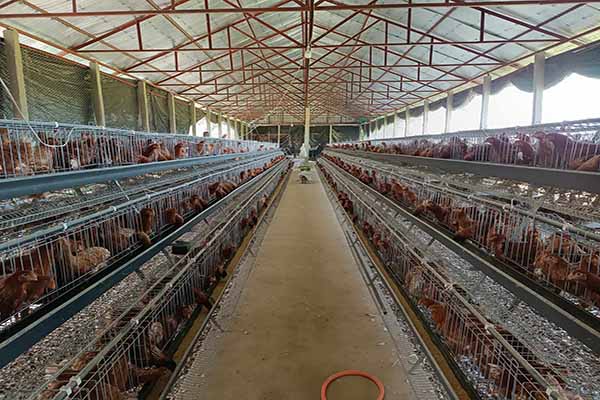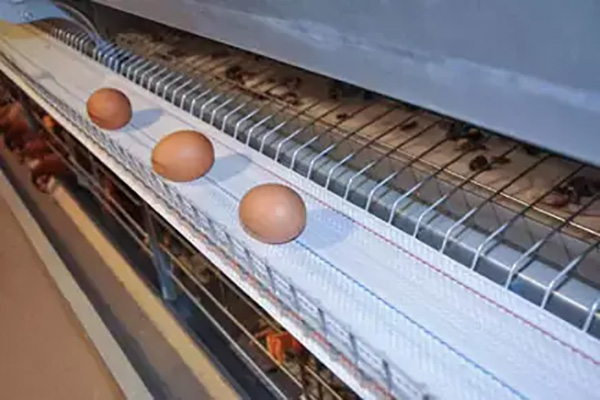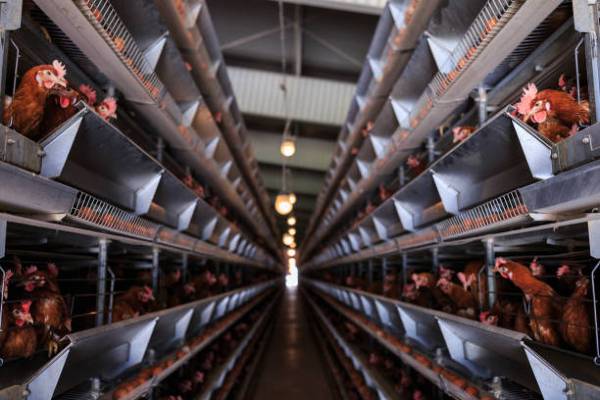How to Start a Chicken Farm in Canada: A Comprehensive Guide
Time : 2025-06-26
Embarking on the journey of starting a chicken farm in Canada is an exciting endeavor that requires careful planning and a solid understanding of the industry. Whether you’re looking to enter the agricultural sector or expand your business, this guide will provide you with essential information to get started.
Understanding the Chicken Farming Industry in Canada
Canada’s poultry industry is diverse, with both organic and conventional chicken farming practices. The country is known for producing high-quality poultry products, and the demand for locally-sourced chicken is on the rise. Before starting your chicken farm, it’s crucial to familiarize yourself with the industry trends, regulations, and market demands.
Market Research and Feasibility Study
Conduct thorough market research to determine the demand for chicken products in your target area. Consider factors such as local competition, consumer preferences, and potential for growth. A feasibility study will help you assess the financial viability of your chicken farm, including startup costs, ongoing expenses, and expected returns on investment.

Legal and Regulatory Requirements
Starting a chicken farm in Canada involves complying with various legal and regulatory requirements. Here’s a breakdown of the key aspects you need to consider:
Business Registration
Register your chicken farm with the appropriate government agency. In Canada, you may need to register with the Canada Revenue Agency (CRA) for taxation purposes and obtain a business number. Additionally, check with provincial and local authorities to ensure compliance with local regulations.
Licenses and Permits
Securing the necessary licenses and permits is critical. These may include a farm license, wildlife protection permits, and permits for waste management. Consult with your local government or an agricultural advisor to understand the specific requirements for your region.
Food Safety and Quality Assurance
Chicken farming involves strict food safety regulations. The Canadian Food Inspection Agency (CFIA) sets the standards for poultry production and processing. Ensure your farm adheres to these guidelines to maintain high-quality standards and gain consumer trust.
Choosing the Right Location and Facilities
Selecting the right location for your chicken farm is crucial for its success. Consider the following factors:
Accessibility
Choose a location that is easily accessible to suppliers and customers. Proximity to feed suppliers and processing facilities can significantly reduce transportation costs.
Climate
The climate in your region will affect your farming practices. Opt for a climate that supports year-round chicken production and has suitable conditions for your breed of choice.
Infrastructure
Ensure the location has adequate infrastructure, such as water and electricity supply, and is suitable for housing the required number of chickens.
Building the Chicken Farm Infrastructure
Once you’ve chosen your location, it’s time to plan your farm’s infrastructure. Consider the following aspects:
Housing Design
The design of your chicken houses should cater to the specific needs of your chickens. Ensure proper ventilation, temperature control, and lighting. Consider the type of housing (free-range, deep litter, or broiler houses) based on your farming goals and market demand.
Equipment and Supplies
Invest in high-quality equipment and supplies, such as feeders, waterers, incubators, and automated systems. Utilize modern technology to improve efficiency and reduce labor costs. Choose equipment that is easy to maintain and meets the required standards for food safety.
Waste Management
Develop a comprehensive waste management plan to address the environmental impact of your chicken farm. Consider methods for waste recycling and treatment, as well as strategies for minimizing pollution and adhering to environmental regulations.
Breeds and Production Systems
Selecting the right breed of chickens and determining the production system is essential for a successful chicken farm. Here are some factors to consider:
Breed Selection
Choose a breed that aligns with your production goals, such as meat or egg production, and is well-suited to your climate and regional market demands.
Production System
Decide whether to go for a free-range, deep litter, or broiler system based on factors like land availability, labor costs, and consumer preferences.

Feeding and Nutrition
Adequate nutrition is vital for healthy chicken growth and productivity. Here are some tips for managing feeding and nutrition:
Quality Feed
Choose high-quality feed that meets the nutritional requirements of your chickens. Consider sourcing from local suppliers to reduce transportation costs and support the local economy.
Management Practices
Implement proper feeding and watering practices to ensure the health and productivity of your chickens. Regularly monitor their diet and adjust it as needed.
Marketing and Sales
Develop a solid marketin g strategy to promote your chicken farm and its products. Here are some marketing channels to consider:
g strategy to promote your chicken farm and its products. Here are some marketing channels to consider:
Direct Sales
Sell directly to consumers through farmers’ markets, community-supported agriculture (CSA) programs, and local retailers.
Wholesale and Distributors
Explore partnerships with wholesalers and distributors to reach a wider market. Ensure compliance with food safety and labeling regulations when selling to third parties.
Managing Risks and Challenges
Like any agricultural venture, chicken farming involves risks and challenges. Here are some ways to manage these potential issues:
Market Fluctuations
Stay informed about market trends and adjust your production and pricing strategies accordingly.
Disease Outbreaks
Implement biosecurity measures to minimize the risk of disease outbreaks. Work closely with veterinarians and follow industry best practices for disease prevention and control.
Conclusion
Starting a chicken farm in Canada requires thorough planning, compliance with regulations, and a commitment to quality and sustainability. By following this comprehensive guide, you can navigate the challenges and capitalize on the opportunities in the poultry industry. With proper management and a keen understanding of the market, your chicken farm can thrive and contribute to the Canadian agricultural sector.











